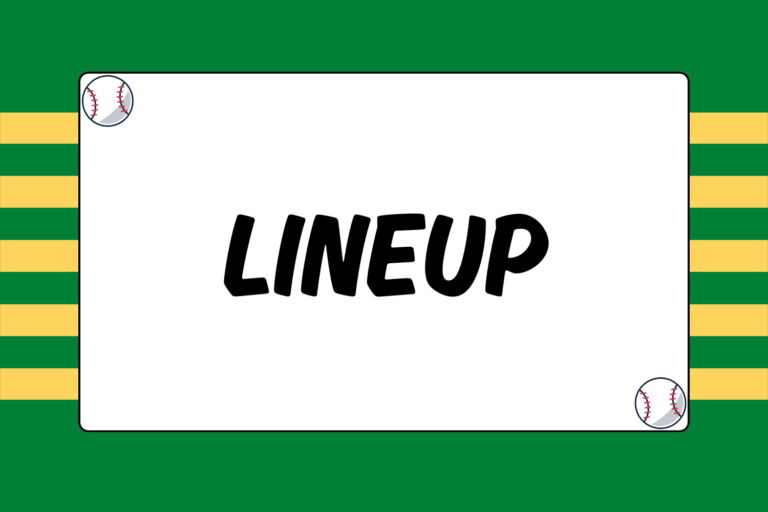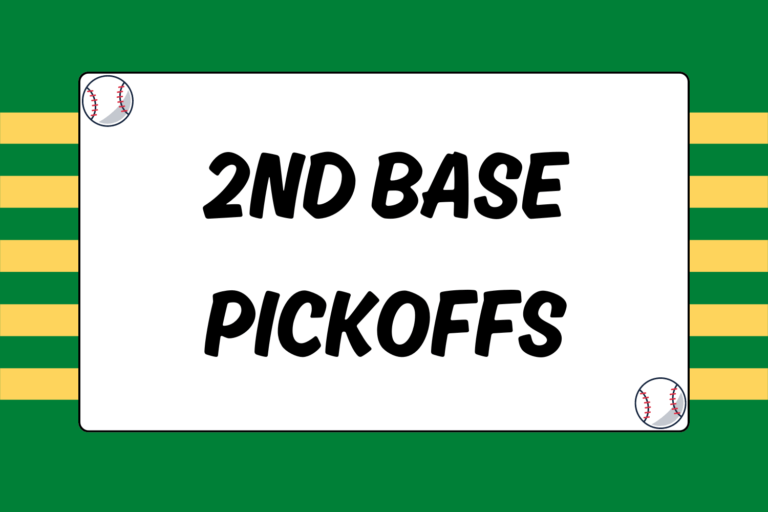Baseball teams utilize the sacrifice bunt in a variety of scenarios, but if you watch the game enough, you’ll often be able to predict when bunts will occur. This is because bunting is not generally a useful strategy; after all, the point of the play is to make an out. However, there are a handful of common “bunting situations” in which it makes tactical sense to concede an out.
Sacrifice bunts occur when a team believes that giving up an out to advance a base runner will allow the best opportunity to score a run. When an offense sacrifices, they are asking the defense to get an out at first base. As a defender, you would be foolish to refuse.
If a batter gives you a free out, take it. The goal is always to get the lead runner, but it’s absolutely vital that you get an out somewhere. There are only 27 outs in a game, and they’re all valuable. As such, there are some fairly standard defensive rotations that most teams employ during bunting situations to ensure they always get an out.
How to Defend a Sacrifice Bunt
It’s less common for a team to sacrifice with only a runner on first base, but you will see it occasionally (especially with a weak hitter at the plate). In this scenario, the offense is trying to move the runner into scoring position, and the batter will most likely try to bunt towards first base. The first baseman holds the runner at first base so he cannot extend his lead; this allows for the possibility (however slim) of making a force play at second base.
Here are the roles for the infield positions during a standard rotation on a sacrifice bunt with a runner at first base:
Catcher
The catcher has to act as the captain of the defense since he can see the whole play develop in front of him. When the ball is bunted, the catcher should decide who the best option to field the ball is, and whether they have a chance to force out the lead runner. He needs to quickly yell out the number of the base where the play should be made.
If the ball is bunted only a few feet in front of home plate, the catcher should pounce on it and look to make a quick throw to second base (if he has a chance to get the runner).
Pitcher
The pitcher’s job is to throw a strike (don’t throw balls to a batter who wants to give away an out). With only one runner on base, two other infielders will crash towards home so there’s a lesser chance of the pitcher fielding the bunt. But if the ball is bunted back to him, he should field the ball and without rushing, look to see if there is a chance for an out at second base. If so, the pitcher makes a quick throw to the shortstop. If there is no play at second, he should pivot his feet and throw to first base.
If another infielder fields the bunt, the pitcher needs to make sure he doesn’t get in the way of the throw. He should then look to see if there’s anywhere he should back-up. For example, if the third baseman fields the bunt, the pitcher should hustle to cover third base since no one will be there.
Amazingly True Story
In the 2006 World Series against St. Louis, the Detroit Tigers made eight errors in five games. Of these, five were made by pitchers, and three were on sacrifice bunts. Throwing errors by Tigers pitchers allowed the go-ahead runs to score in games three, four, and five, which allowed the Cardinals to celebrate their tenth World Series title as a franchise.
First Baseman
The first baseman starts by holding the runner at first base, as he normally would. Once the pitcher begins his delivery, the first baseman starts moving in towards home plate. If the ball is bunted to his side of the field (and there’s a good chance of this), he calls loudly for the ball and fields it.
Most likely, there will only be a chance for an out at second base if the ball is bunted hard. Otherwise, the first baseman should pivot his feet towards first base, and make a smooth throw to the second baseman (covering first base) to retire the batter.
Third Baseman
The third baseman’s job is essentially the same as the first baseman’s, on the other side of the infield. When the batter squares around to bunt, he should start creeping inward. As the ball is bunted, the third baseman charges hard. If the ball is bunted hard enough to the left side of the infield, he can field it and make a quick throw to second base for the force out.
If there’s no play at second, the third baseman should call for the ball, field it, and make a strong throw to the second baseman (covering first base) for the out. Once the play is made, the third baseman should quickly get back to cover third base since there is still a runner on second.
Second Baseman
The middle infielders will rarely, if ever, field a sacrifice bunt, but they still play a significant role in the defensive rotation. The second baseman starts in double-play depth (slightly towards second base), so he should creep towards first base when the batter squares to bunt.
When the ball is bunted, the second baseman needs to sprint to first base because the first baseman is crashing. Most of the time, the play will be at first base. The second baseman needs to hustle to the bag in order to get set on the base and catch the throw before the batter runs it out.
Shortstop
Although shortstop is generally considered the most important infield position, there’s a decent chance he won’t touch the ball at all during a bunt play. When the ball is bunted, the shortstop slides over to cover second base in case there is a chance to force out the lead runner. If there is a chance, he needs to yell “Two!” loudly so the other infielders know where to throw the ball. If the play goes to first base, he needs to keep an eye on the lead runner in case he tries to take third base.
Always Get an Out
When it comes to defending bunts, it’s important to remember that every player on the field has a responsibility. The roles for outfielders are not explained in this guide, but they should always back up throws on the infield. Sacrifice bunts are fairly simple to cover if every player understands and executes his responsibility in the rotation.
Don’t panic, listen to your teammates, and don’t try to be a hero. This means don’t try to throw out the lead runner unless you know you can get him. If it’s going to be close, take the sure out at first base. The only failed bunt defense is one that doesn’t get any outs.





